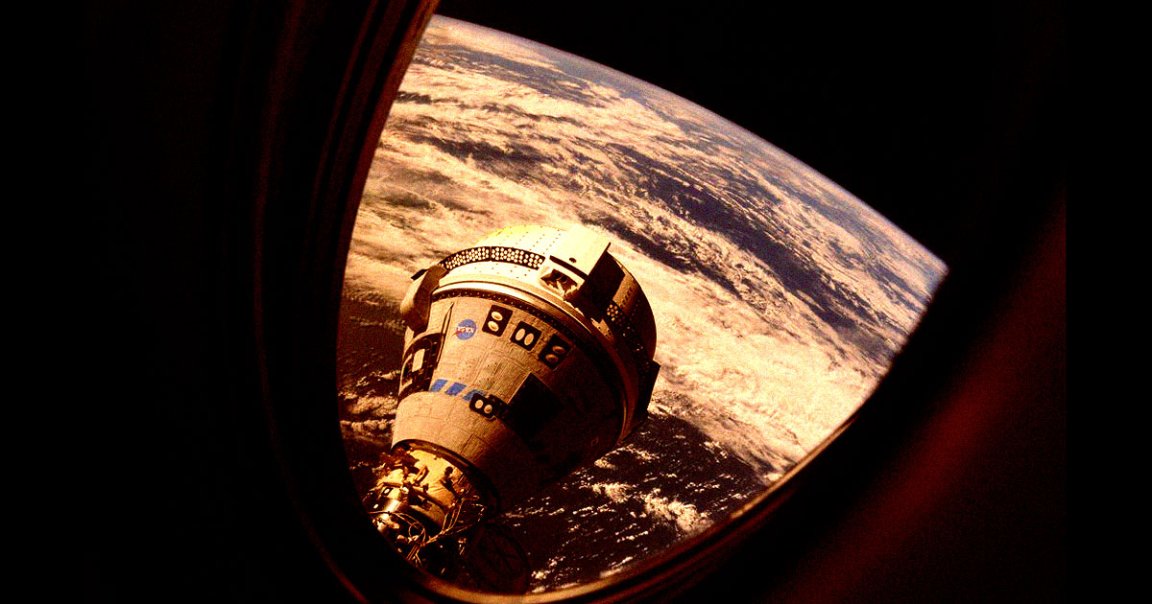
Rock and a Hard Place
Boeing’s plagued Starliner is still stranded at the International Space Station.
NASA astronauts Butch Wilmore and Suni Williams, who arrived at the station two months ago today, still don’t have an official return date as the space agency is evaluating its options.
And as Ars Technica reports, even having the doomed spacecraft return to the surface without any astronauts on board — reportedly a key option for NASA at this point — may not even be on the table.
According to Ars‘ sources, Starliner’s current flight software isn’t able to autonomously undock from the space station and reenter through the Earth’s atmosphere — if confirmed, a confounding new ripple for what has already turned out to be a disastrous crewed flight test for Boeing and NASA.
Software Update
Problems with the capsule’s control system thrusters have caused major delays for Williams and Wilmore’s return. NASA has been pondering whether to send the pair back on board a SpaceX Crew Dragon spacecraft, which is scheduled to launch to the ISS later this year.
Even that mission, however, could soon be pushed back, slipping from August 18 to September 24, according to Ars.
Why exactly Starliner’s software is unable to perform autonomous docking procedures remains uncertain. After all, Boeing already demonstrated such an ability during its uncrewed orbital flight test in May 2022.
To update the software now would be a “non-trivial” and “significant” undertaking that could take up to four weeks, according to Ars, which could explain why SpaceX’s upcoming crewed mission is being delayed.
“Starliner was designed as a spacecraft to have the crew in the cockpit,” NASA Commercial Crew program manager Steve Stich told reporters on July 25. “The crew is integral to the spacecraft.”
Did NASA buy itself time to update the software so that Starliner can return autonomously? Given the latest report, it’s not unlikely.
More on Starliner: Boeing’s Stranded Starliner Has Failed So Spectacularly That It Looks Like It’ll Push Back SpaceX’s Next Astronaut Launch